Western Bulk Herbs – Whole Cumin Seeds
Traditionally used as a treatment for upset stomachs and flatulence. Cumin is a diuretic and promotes a healthy digestive system. It also is used as a gargle to treat laryngitis and to bring on the onset of menstruation. Cumin can also be used to treat swellings of the breasts or testicles if made into a poultice and applied to the tender area.
In Ayurvedic medicine, cumin with ghee is smoked to relieve hiccups.
Cumin is a popular spice around the world, providing that unique flavor that many people associate with specific locations and dishes. Often added to meats to give a distinct taste and aroma. Culinary uses of the herb are typically in much smaller doses than if taken as an herbal medicine.
Latin Name:
Cuminum cyminum
Common Names:
Not to be confused with Black Cumin, the Chinese medicinal herb, or sweet cumin, better known as fennel, or caraway.
Parts Used:
The seeds or fruit, whole or ground, fresh or toasted.
Properties:
Stimulant, antispasmodic, carminative
Traditional Uses:
Used in teas, tinctures, or capsules.
Topical Uses / Applications:
N/A
Culinary Uses:
Best used in chilies or any type of bean. It is also good on scrambled eggs and noodles.
Chemical Properties:
umin contains 2.5 to 4% essential oil. In the essential oil, cumin aldehyde (p-isopropyl-benzaldehyde , 25 to 35%) is dominant, but there are also perilla aldehyde, cumin alcohol, a- and b-pinene (21%), dipentene, p-cymene and b-phellandrene.
Cautions:
GRAS: Generally Recognized as Safe. This herb can be safely consumed when used appropriately.
Folk Lore:
Cumin use dates back to the works of Hippocrates and Dioscorides. It’s also mentioned in the bible, and it was used in the mummification process over 5,000 years ago in Egypt. It was highly regarded as one of the essential spices to the Greeks and Romans.
During the Middle Ages, cumin seed was thought to promote love and fidelity, and was carried by attendees of weddings, and solders were always sent off to battlefield with a fresh loaf of cumin seed bread. According to the Bible, cumin was so valuable that it could be used in the place of money when it came time to tithe in church.
*Disclaimer: These statements have not been evaluated by the Food and Drug Administration. This product is not intended to diagnose, treat, cure or prevent any disease.
Resources:
PDR for Herbal Medicines, 2000. Medical Economics Company, Montvale, New Jersey.
The New Holistic Herbal. David Hoffmann, 1990. Barnes and Noble Books, New York.
A Modern Herbal, Mrs. M. Grieve, (Dover Publications, New York, 1971)
Major Herbs of Ayurvedic.Compiled by Dahur Research Foundation and Dahur Ayurvet Limited, Ghaziabad, India., 2002. Churchill Livingstone, London, England.
Chinese Herbal Medicine: Materia Medica, Third Edition, Dan Bensky and Andrew Gamble, 1986. Eastland Press, Seattle, WA.
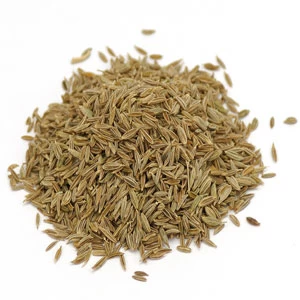


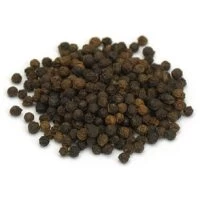
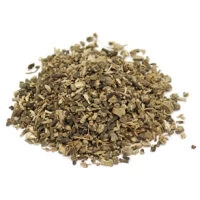
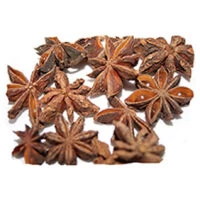
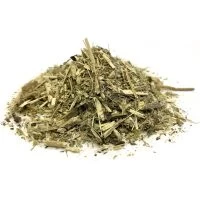
Reviews
There are no reviews yet.